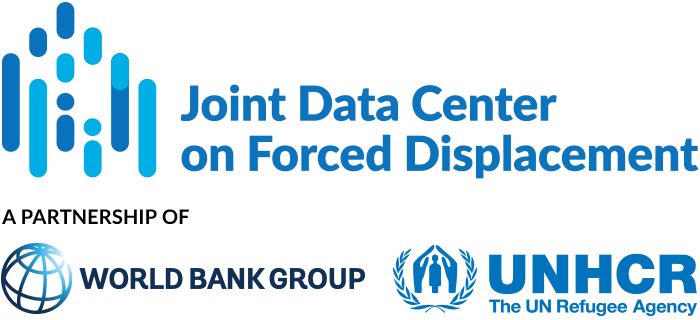This article examines the effect of Venezuelan migrants on labor market outcomes in the Brazilian state of Roraima. Venezuelan migrants in Brazil are concentrated in Roraima state, which shares a border with Venezuela. As of 2018, 60,000 Venezuelans had relocated to Roraima, where they comprised 10 percent of the population of its capital city, Boa Vista.
JDC Literature Review
Improving official statistics on stateless people: Challenges, solutions, and the road ahead
This article discusses the statistical challenges associated with improving data on statelessness and proposes a path towards the adoption of the International Recommendations on Statelessness Statistics (IROSS) in 2023.[1] Work on the IROSS was included under the...
Children on the move: Progressive redistribution of humanitarian cash transfers among refugees
This paper examines the causal effects of the Emergency Social Safety Net (ESSN) program, which was launched in November 2016 and currently supports around 1.7 million refugees in Turkey. The analysis is based on a pre-assistance baseline survey (PAB) undertaken by...
Multi-purpose cash transfers and health among vulnerable Syrian refugees in Lebanon: a prospective cohort study
This paper evaluates the impact of multipurpose cash transfers (MPCs) on health-seeking behavior, health service utilization, and health expenditures by Syrian refugees in Lebanon. At the beginning of 2020, there were nearly 1 million registered refugees in Lebanon,...
Forced Displacement and Asylum Policy in the Developing World
This paper analyzes the correlates of asylum policymaking in low- and middle-income countries, which host more than 85 percent of refugees and asylum seekers globally. The authors also examine the role of de jure policies as pull factors in flows of forced migration....
Local labor markets and the persistence of population shocks: evidence from West Germany, 1939–1970
This article examines the population effects of the forced migration of eight million ethnic Germans from Eastern Europe to West Germany after World War II. The population shock occurred unevenly across West Germany counties, ranging from 1.4 percent to 83 percent of...
Is It Merely a Labor Supply Shock? Impacts of Syrian Migrants on Local Economies in Turkey
Over 2.5 million Syrian refugees arrived in Turkey between 2012 and 2015, the majority settling in regions bordering Syria. This paper examines the effect of Syrian refugees on labor market outcomes for native workers in Turkey. In addition to the supply-side shock in...
Child Labour and the Arrival of Refugees: Evidence from Tanzania
Approximately one million refugees fled the genocides in Rwanda and Burundi and settled in the Kagera region of western Tanzania between 1993 and 1998. By 2004, ten years after the refugees’ arrival, about 400,000 refugees were still living in the Kagera region. This...
Forced Migration and the Spread of Infectious Diseases
This paper examines the effect of Venezuelan displacement on the spread of 15 infectious diseases in Colombia. Official statistics suggest that by the end of 2018, when this analysis was undertaken, 1.26 million Venezuelans had migrated to Colombia with the intent to...
The effect of hosting 3.4 million refugees on native population mortality
This paper examines the effects of Syrian refugees in Turkey on the health care resources and the mortality outcomes of natives, focusing on neonatal, infant, child, and elderly mortality. At the end of 2017, when this analysis was undertaken, Turkey hosted 3.4...


